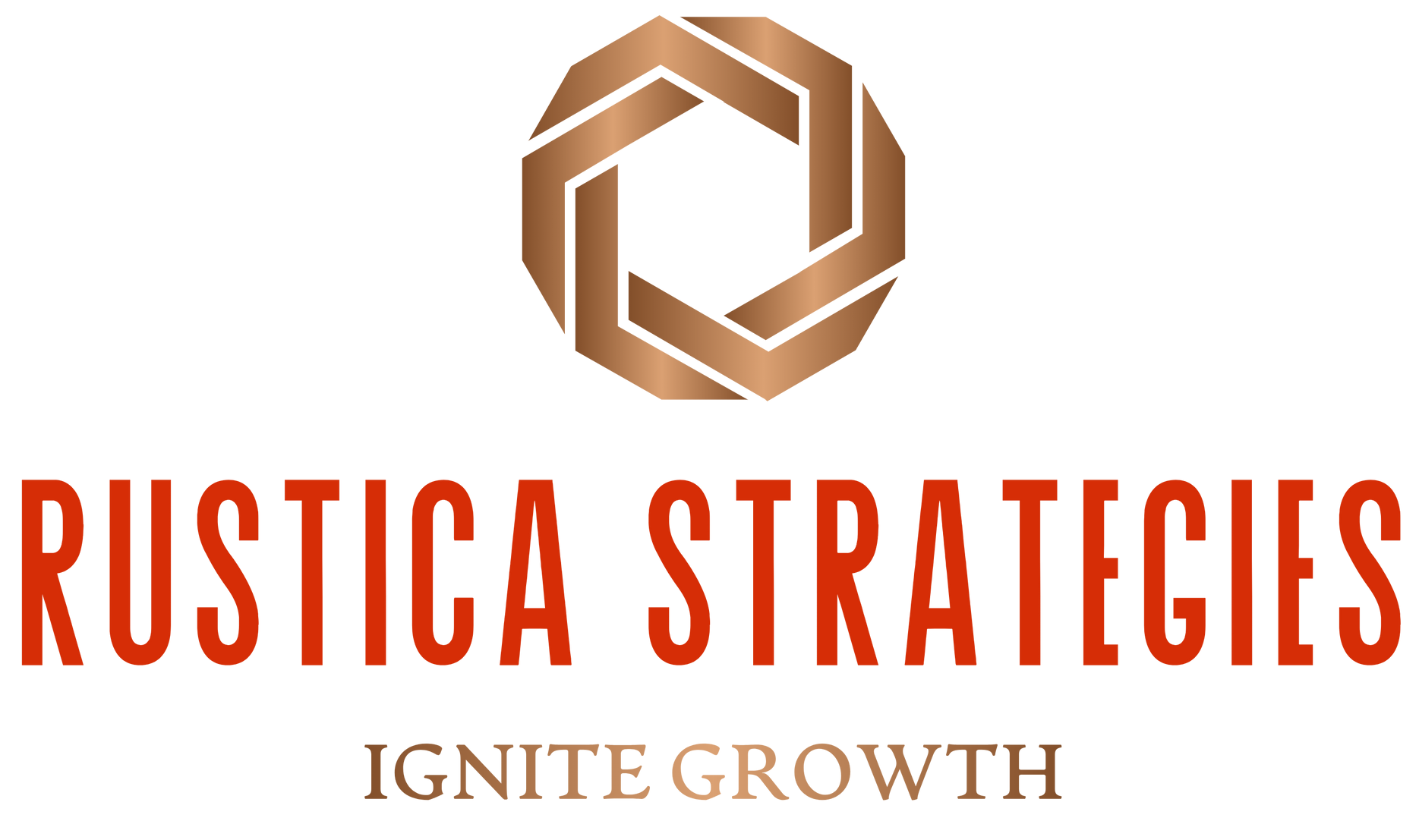
We’ve closed over $250 million in asset and corporate acquisitions . Through those deals, we learned something critical: one single broken pillar can kill the deal . Once that happens, timelines stall, trust evaporates, and what should have been a win‑win turns into a nasty clean break. What Really Kills Deals? From our experiences—and what the data backs up—here’s what blows up transactions: Undisclosed or misrepresented claim : hidden debt, an expired license, IP gaps, or undue legal exposure. Even if it's a "whoops… Slipped my mind" - it erode Trust very quickly. Always be sure to be transparent and forthcoming.. Compliance gaps and lost registrations : That expired license issue? Not just a wrinkle—it was a full deal-breaker, and proved to be a hot potato. Team dysfunction or integrity risk : If core staff morale or leadership cohesion is weak, the integration crumble alone is enough to stop everything in its tracks. No defensible edge : If the company lacks scalable systems, lean automation, or consistent marketing and sales execution, benchmarking it to a similar business just doesn’t justify a premium. These risks always surface during diligence. If a seller hasn’t disclosed them upfront, you lose momentum—and sometimes the entire transaction. Our “Quick Yes / Quick Note” Screening Process With our deal volume, conversation time is precious. Our standard flow: Fit first : We review the business model. Do we understand it? Can we add synergy in markets we dominate? Check the pillars : financials, regulatory status, IP, team health, valuation, competitive edge. Quick note or quick yes : If the fit and fundamentals check out, we engage fully. If they don’t, we say “thanks for your time”—sometimes leaving a door open if material issues get fixed. This process saves seller and buyer time. It sets clear expectations. We don’t wade into 100 pages of diligence checklists only to find a surprise that kills everything. Why We Seek a “Transaction That Feels Good,” Not Just a Deal In M&A, most parties obsess over price—but often sacrifice confidence and clarity in the process. Our goal isn’t just a “deal done.” It’s a deal where both sides can finish and say, ‘That felt good.’ That requires: A transaction structure that doesn’t force corners or late surprises. Transparent communication and mutual trust. A clean process that breeds confidence, not fatigue. Where Most Acquisitions Fail—And How We Dodge It Due diligence is where deals collapse. According to E78, deals fall apart often because execution fails—not strategy. Integration chaos, misalignment, and failed communication usually kill more deals than bad projections. McKinsey reports that about 10% of large deals actually cancel post-announcement , often due to political, regulatory, or value-creation misalignment. You’ll also find many studies showing 70–90% of acquisitions fail to meet their financial goals —because one overlooked detail derails the whole thing. The Pillars That Must Be Firm—From the Get-Go To prevent breakdowns: Verify all claims early : financial, legal, IP, licenses. No surprises right before closing. Validate that operations are real and resilient . If sales and marketing aren’t repeatable or robust, expect pushback on value. Assess team condition . Are key staff committed? Morale solid? If not, risk escalates quickly. Check legal and regulatory health before LOI. One denied registration can wipe out an entire valuation and deadline. Final Thought Deals break for one of two reasons: structural failure or communication breakdown. By identifying those key pillars early, applying a quick yes / quick note strategy, and aiming for a comfortable, confident close , we not only preserve value—but ensure both sides walk away believing it was a win. If you’re considering a process—and looking to avoid the common mistakes—we can walk through our screening framework and examples. It’s why, with $250M+ of deals behind us, our approach works—because we treat the process as critically as the price.

Come on Fish... Climb! You’ve probably heard the old saying: “If you judge a fish by its ability to climb a tree, it will live its whole life believing it’s stupid.” We’ve seen this play out in business more times than we can count. Some founders are visionaries, market whisperers, dealmakers — but try to stick them in the daily grind of operations and it’s like asking a fish to tackle rock climbing. Not only is it exhausting, it’s misaligned with how they’re wired. Let's face it, when you are running a company you play a lot of different roles. And when you’re spending your days swimming upstream in a tree, no amount of good advice is going to save you. We used to be the consultants in the room — spotting inefficiencies, offering strategy, handing over neat playbooks. Some founders took the ball and ran. Others looked at us with tired eyes and said, “That’s great. Can you just do it?” Eventually, we listened. Helping founders build systems, prep for investment, and find leverage will always be meaningful work. But over time, it became clear: advice wasn’t enough. What many founders needed wasn’t another plan. They needed a partner who could operate — who could build the structure, bring in the people, and drive the execution. That was the shift. Now, we look for businesses with strong fundamentals and untapped potential — not perfect ones, just real ones. And we roll up our sleeves. We fix what’s broken. We scale what’s working. We implement what used to be sitting in a pretty slide deck. We’re not perfect. No acquirer is. But we’ve been in the weeds. We’ve seen what happens when a company runs on charisma and caffeine. And we know the difference between a business with potential, and a business with a plan to reach it. Our role has evolved, but the mission hasn’t: help founders create real freedom — whether that means scaling with support or stepping into their next chapter. P.S. If your inbox feels more like a war zone than a workspace, there’s probably a better way to run the business. No silver bullets, no magic wands — just a practical, repeatable path to building a company that doesn’t need you to carry it every day. Thanks for reading — and do well.

